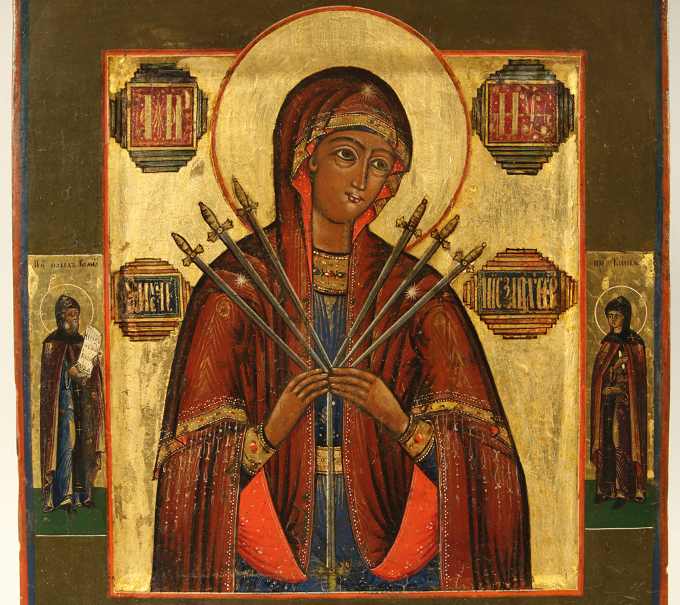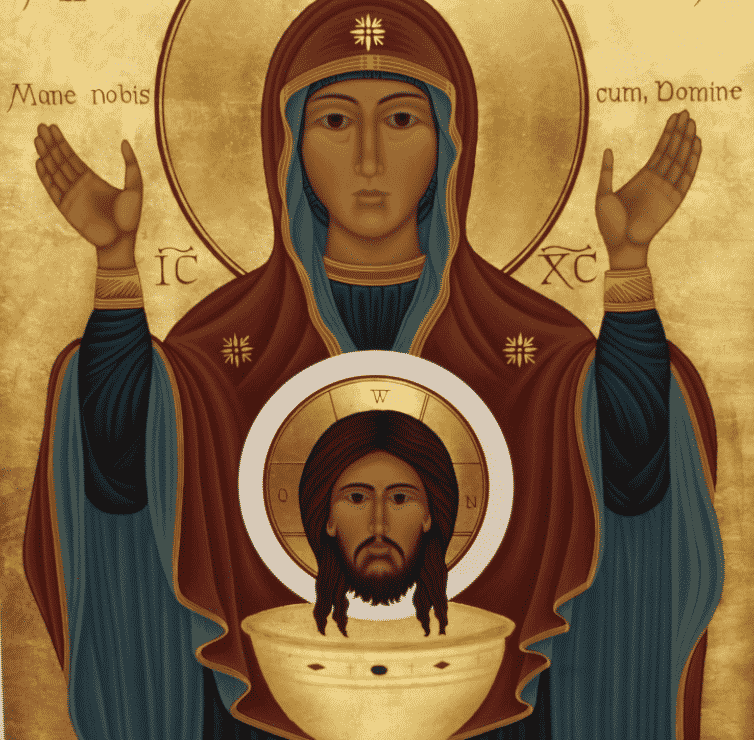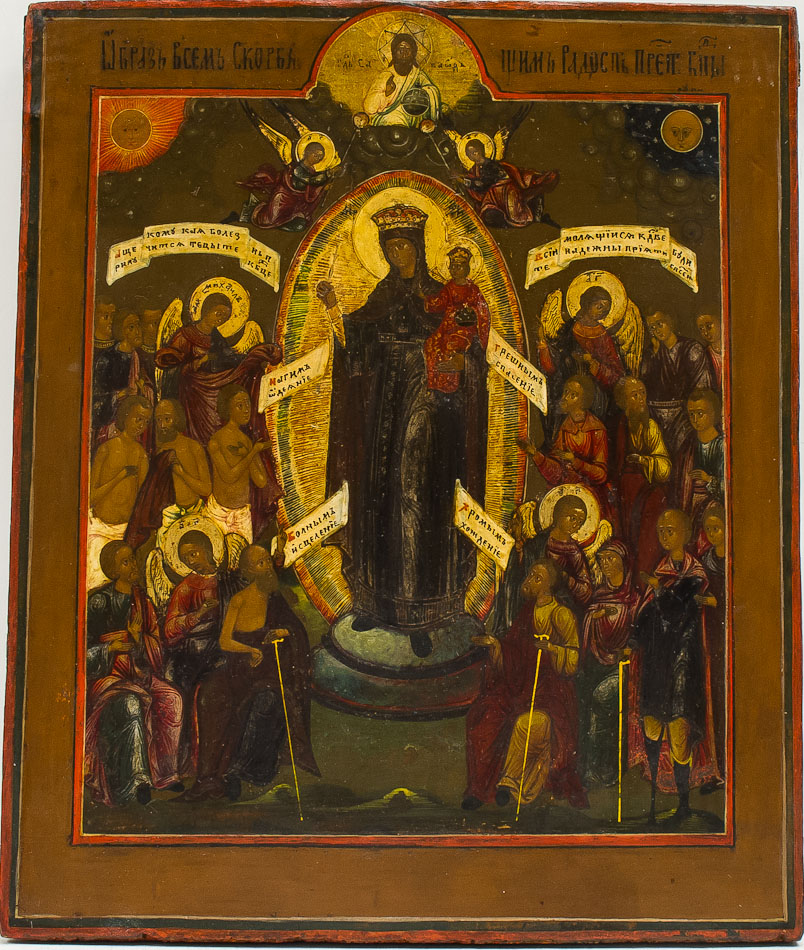
In Christ, that which is uncreated, eternal, existing before the ages, is completely inexpressible and incomprehensible to all created intellects. Yet that which was revealed in the flesh can to a certain extent be grasped by human understanding. It is towards this in Christ that the Church, our teacher, looks, and of this does she speak. inasmuch as this can be made intelligible to those who listen to her.
… he who sees the Church looks directly at Christ–Christ building and increasing by the addition of the elect. The bride then takes the veil from her eyes and with pure vision sees the ineffable beauty of her spouse. Thus she is wounded by a spiritual and fiery dart of desire. For love that intense is called desire. No one should be ashamed of this as the arrow comes from God…. the bride is proud of her wound for this desire has pierced her to the depths of her heart. This she makes clear when she says to the others, I am wounded with love (Song of Songs, 5:5).
(St. Gregory of Nyssa, On the Song of Songs)
The bride–who is always the Mother of God, the Church, and each believer personally–is wounded with love. Driven mad by desire for her divine bridegroom. Delirious with love. In this mad, intense desire for the groom she finds it possible to love all those whom he loves as well even though she may not even like them herself. In this all-encompassing love we see a little of the incomprehensible love of God.
Many mystics describe an experience of being pierced by love for God during their own personal prayer. But more important than being pierced in such a personal way and having a particular emotional experience during prayer is the ongoing living out day-to-day of the love which all believers are wounded by. All those who struggle in some way to see God or apprehend the truth of reality are pierced by this desire. This wound–this desire–should shape and motivate all our actions as go about our business and not be limited to a particular “quiet time” we have alone although those quiet times are vital to nurture and develop this ongoing wound of desire and love.
To see the Church–corporately and personally–wounded with love for God is to see Christ wounded with love for us.


